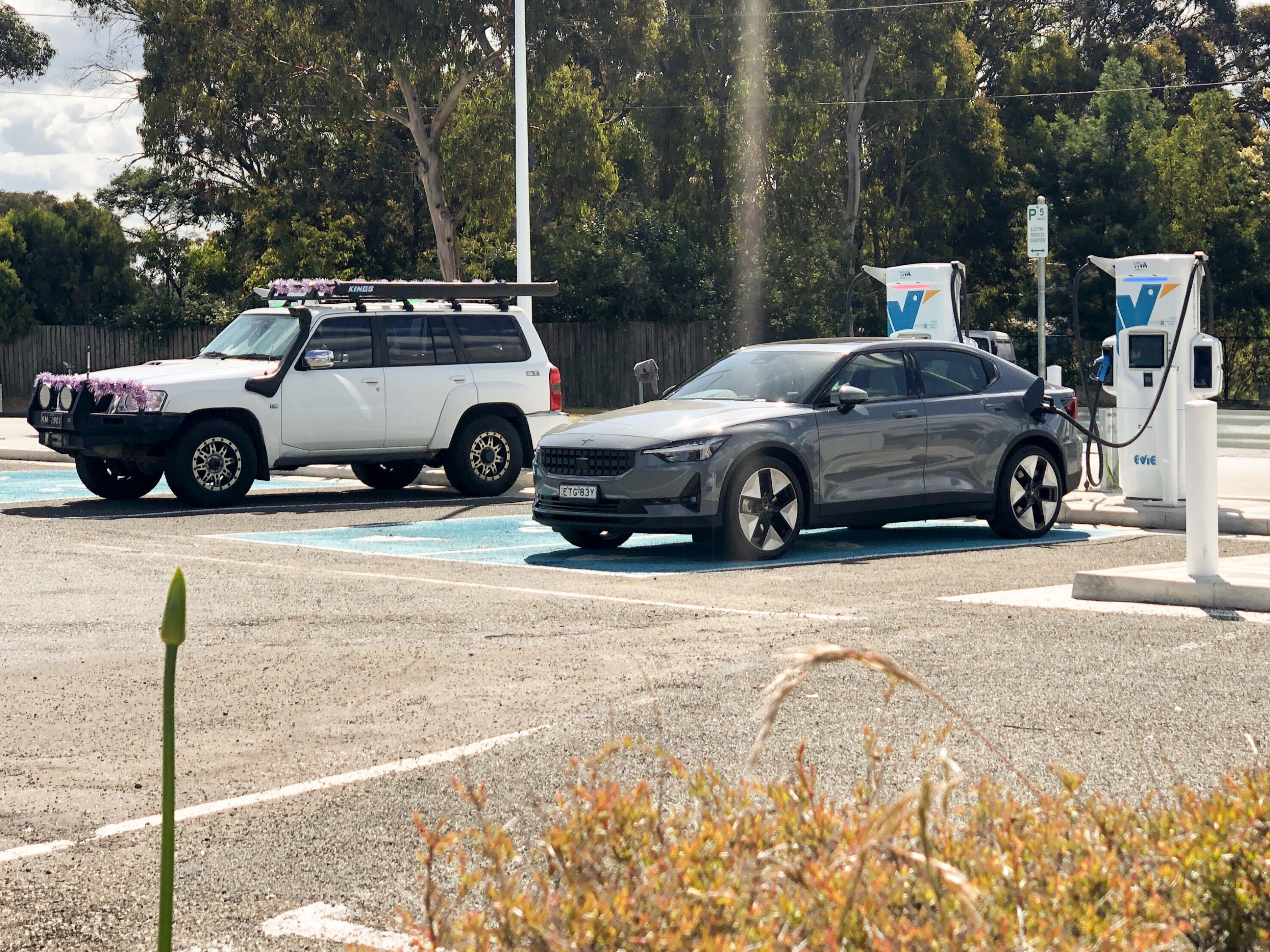
Let’s talk about manners…
Snapshot
- Be respectful and charge whatu2019s necessary
- Obey the signs and rules u2013 parking while charging only
- Queue orderly and consider using PlugShare
Public electric vehicle chargers are becoming busier, and proper etiquette is emerging as a pain point.
While EV owners should ideally charge at home, public charging is a must when driving on longer trips, while some cannot simply access a power plug at home.
Of course, EV charging stations are unfamiliar for many – it’s not as simple, nor as standardised as the traditional fuel pump.
There simply isn’t enough to satisfy spiking demand, electric cars generally need 20 to 60 minutes to recharge up to 80 per cent on a fast charger, and stations do become faulty at times with an extended repair process.
Therefore, public chargers alongside key connecting roads and the few free-of-charge ones can become particularly busy, with a higher chance of queues forming during peak holiday periods.
This can all be frustrating for EV owners wanting to charge at a fully occupied public charging station – potentially causing angst, anger, and poor etiquette.
JUMP AHEAD
- ? Charging 101
- ?️ Parking
- ⏱️ Queuing
- ❓ Why charging etiquette matters
- ? Time to make the electric switch?
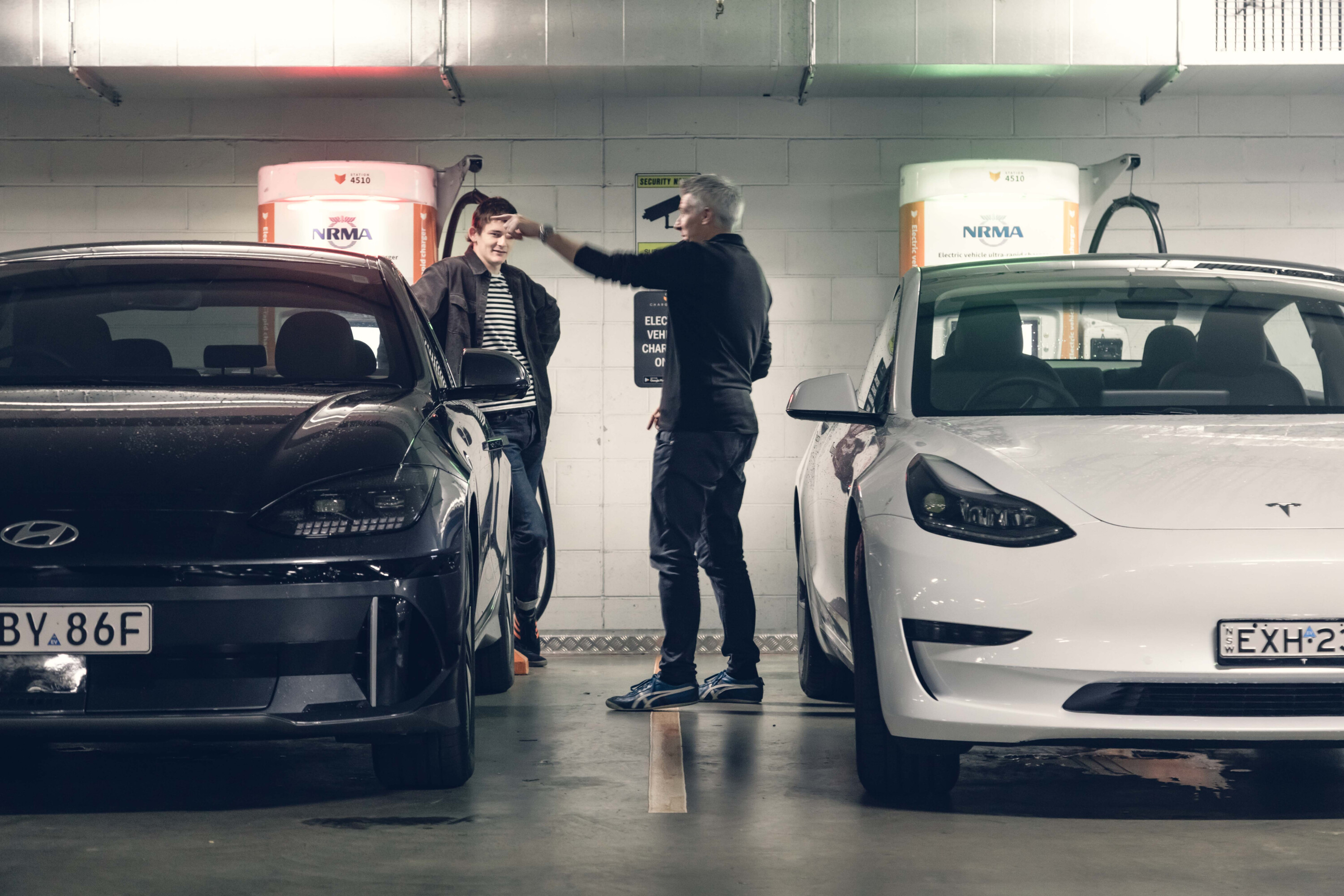
? Charging 101
u2705 Do
- Charge up to 80% only u2013 it’s courtesy and to maintain good lithium-ion battery health
- Wrap cables if needed, put the plug back securely for the next user
u274c Donu2019t
- Don’t charge to 100% if it isnu2019t necessary, as the last 20% will be extremely slow
- Don’t litter, especially lit cigarette butts
Charge up to 80 per cent only
Consider limiting your charging session to around 80 per cent, unless a full recharge is necessary.
Charging from 10 to 80 per cent often takes the same time as going from 80 to 100 per cent – which effectively doubles your waiting time.
Charging past 80 per cent is also generally unhealthy for the longevity of lithium-ion type batteries, but less so for lithium-iron-phosphate (LFP) batteries.
Know your rights
All EV owners have the right to fully charge if necessary for your driving range needs, as long as you obey the rules and leave when finished.
No vehicle has priority – regardless of how low your battery is compared to others in the queue.
Plug-in hybrid electric vehicles (PHEV) also have the right to use the public infrastructure.

Keep it tidy
Most public EV charging stations are in public spaces, but some don’t enjoy the same basic amenities as fuel stations.
So, avoid littering, especially cigarette butts which can be a safety hazard.
Wrap those longer built-in AC charging cables neatly when finished and ensure that you securely put the plug back into the holster.
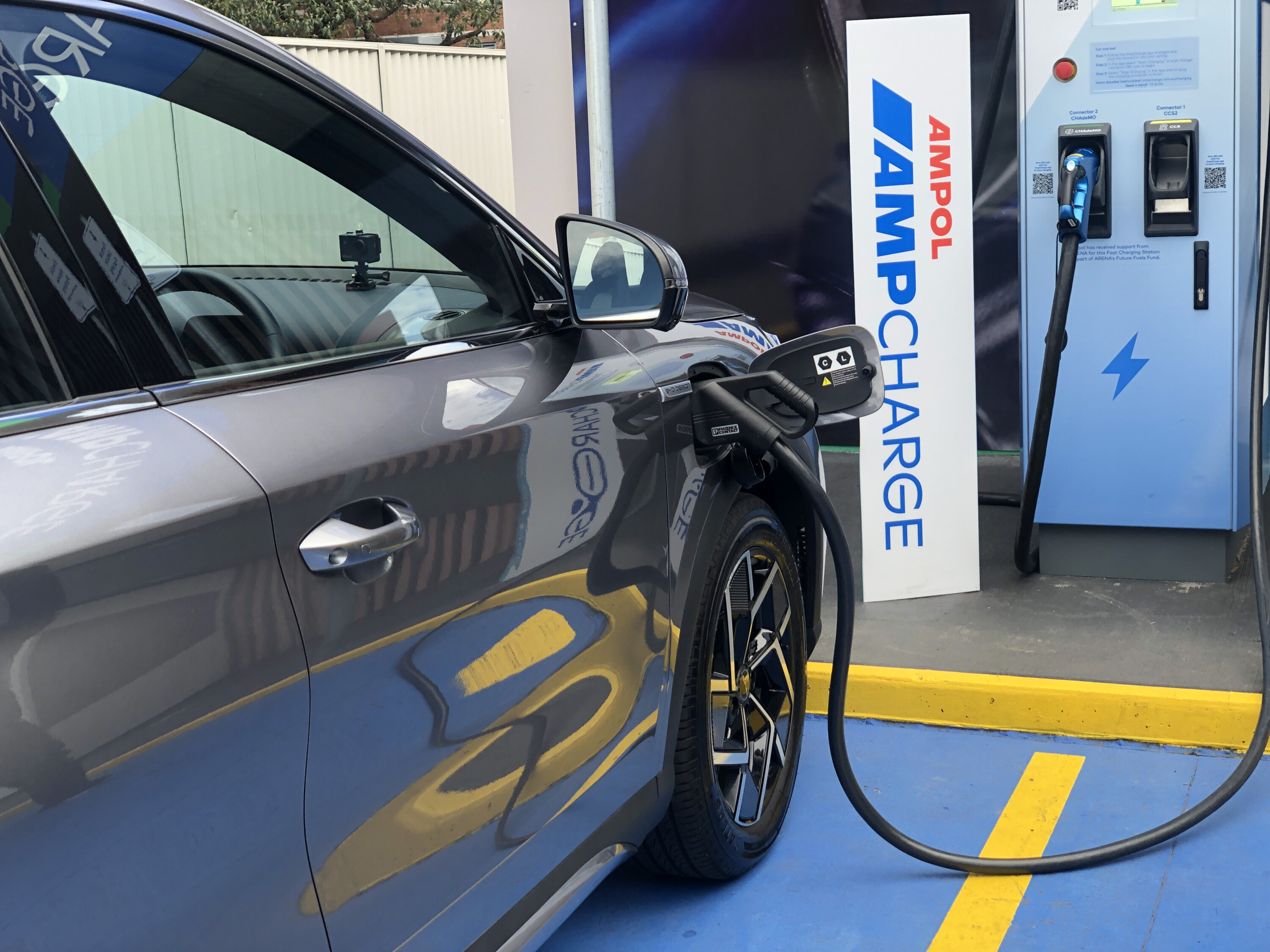
?️ Parking
u2705 Do
- Use EV charging spots when charging only
- Park within the marked lines (if possible)
- Follow any signposted charging time limits
u274c Donu2019t
- Overstay after charging is finished
- Block access to other stations (if possible)
- Park in the bay not nearest the charging station in use
Obey the signs – parking while charging only
Remember to obey any signposted time limits and only park in the designated EV charging spot if you are actually charging the vehicle.
Once the vehicle has finished charging, leave the station as soon as possible for the next user to charge.
Some stations enforce idling fees for being plugged in – but not charging – after a certain time period.
To petrol, diesel, LPG vehicle owners…
Internal combustion engine (ICE) vehicles must not be parked in a marked EV charging bay.
It is illegal in some states – including Queensland, New South Wales, Victoria, and the Australian Capital Territory – with penalties ranging from $369 to $3200 in fines at the time of publication.
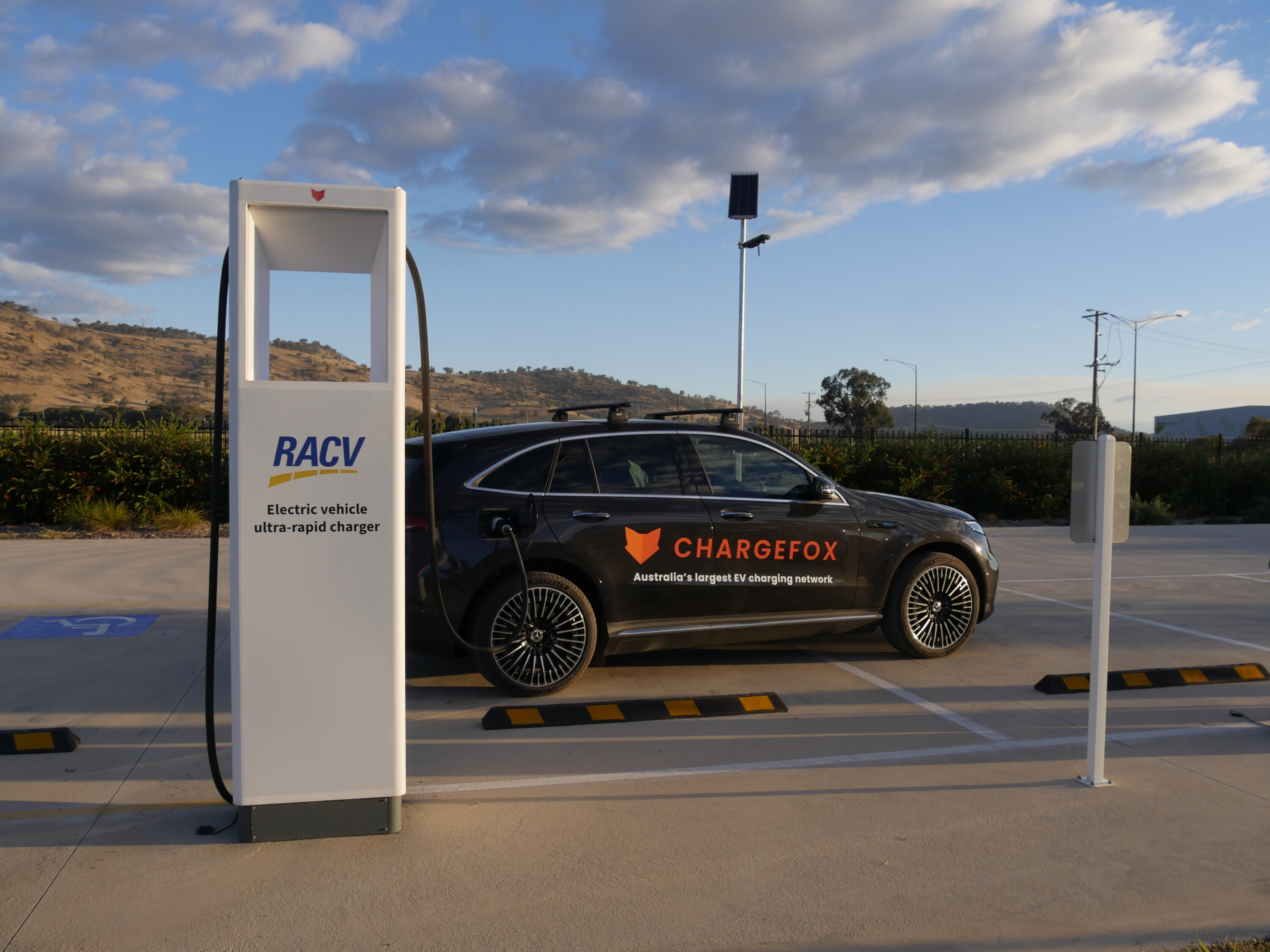
Don’t block other spaces, if possible
Always park within the marked lines and in the spot closest to the charging station you’re using (use the wheel stops as a guide).
However, some model’s front-quarter wheel charging port position – including the BYD Atto 3, Ford Mustang Mach-E and Porsche Taycan – means some owners may need to angle the vehicle in order for the cable to reach and not touch the body.
Likewise, EVs that don’t have a rear-left quarter positioned port will likely block other spaces when using an open Tesla Supercharger.
Therefore, it’s best to plug in at the outermost station (if available) to avoid blocking another EV from using a station and, potentially, confrontation.
Charging with a trailer?
Some charging stations are side-positioned and designed for EVs towing with a trailer. For example, most Tesla Supercharging sites offer at least one trailer-friendly stall.
But, for others, it is inevitable that the vehicle will be blocking adjacent bays or you may need to detach the trailer and place it nearby.
Plan your charging stops that have better trailer-friendly spaces in mind before going on a road trip (use PlugShare [↗]).
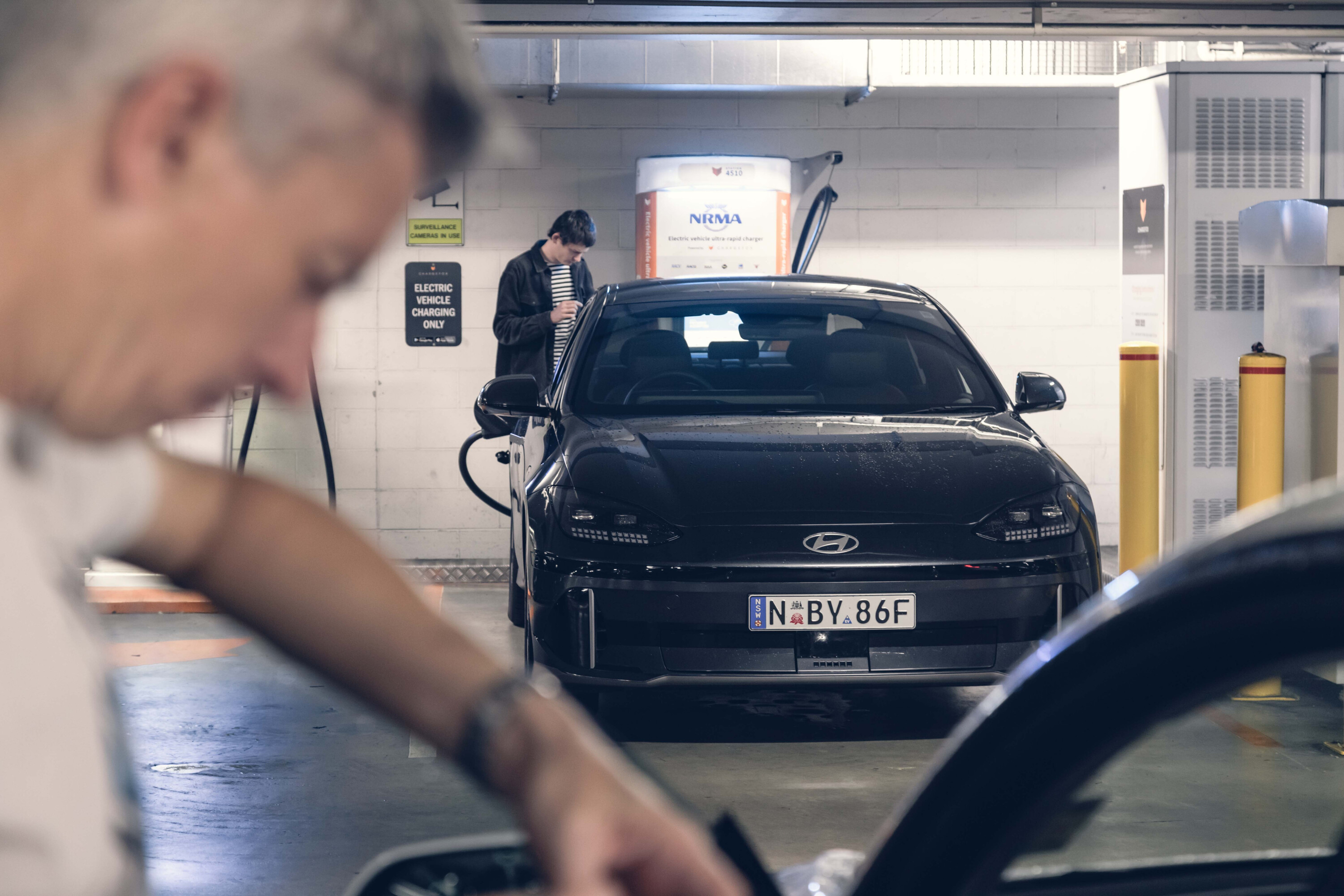
⏱️ Queuing
u2705 Do
- Wait nearby with the vehicle if full
- Check-in using PlugShare
- Queue fairly and orderly
u274c Donu2019t
- Don’t park in the marked charging bay thatu2019s reserved for other EVs
- Don’t queue on PlugShare and drive off
- Don’t push others to stop charging
Wait nearby
If a charging station is full, park nearby and wait patiently.
Consider facing the vehicle at the station and turn on your parking lights to signal your intention.
Avoid waiting in an open marked charging space since it may be reserved for EVs with the rarer CHadeMO fast charging port (again, obey the signs – parking while charging only).
Of course, there may not be nearby parking and you may be forced to park there – but be aware that another EV that can plug in has the right of way if they arrive.
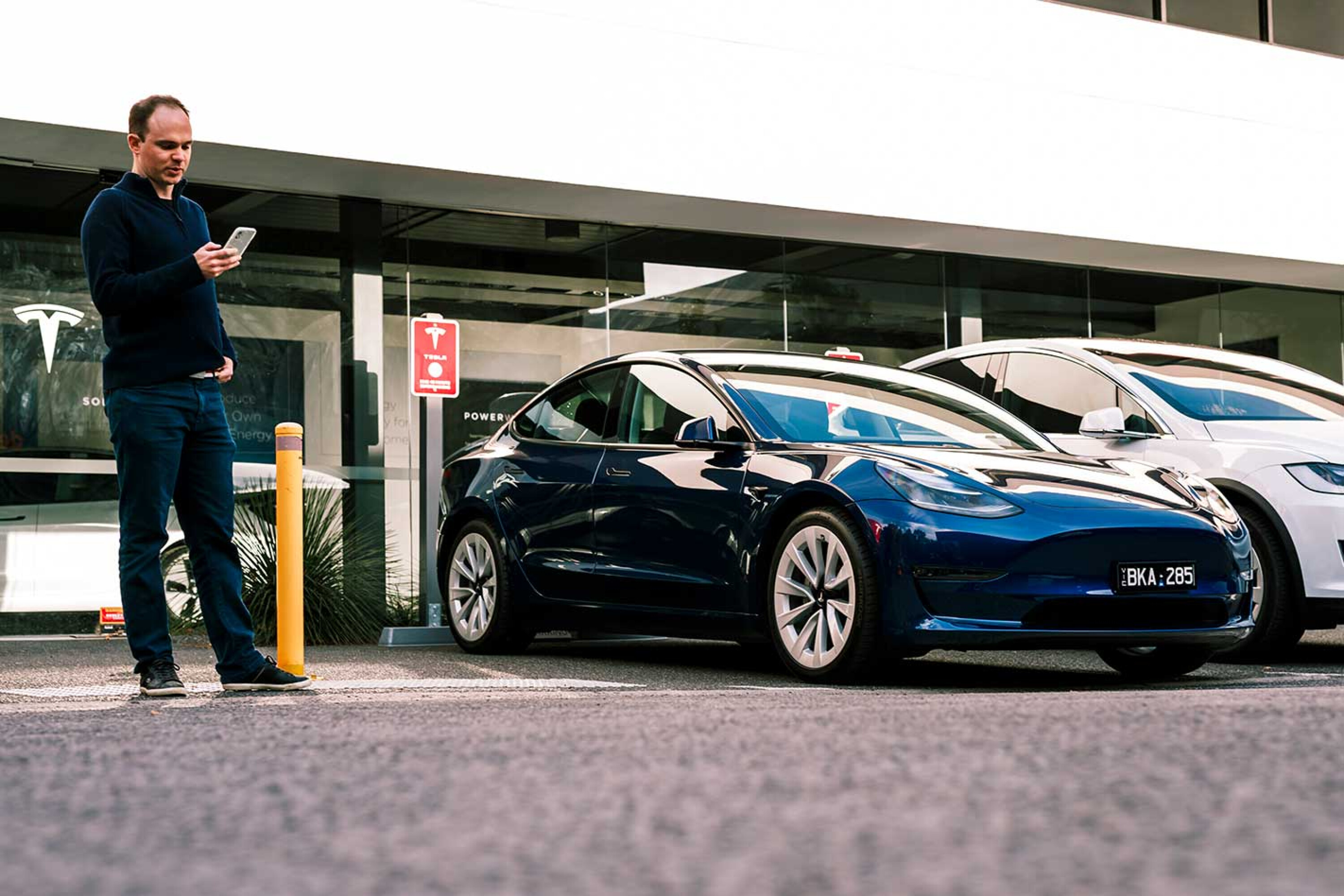
Use PlugShare
Especially at busy EV charging locations, consider checking in using the PlugShare app [↗].
Press ‘waiting’ to enter a virtual queue. This will keep the line orderly, if every driver uses it.
But, you must be physically near your vehicle to actually be in the queue, so do not check-in on PlugShare and drive off.
When your electric car is charging, check in the location with the ‘charging now’ button and roughly specify how long you may take to let other PlugShare users know. There’s also a direct messaging feature with other users if needed.
Once you’ve stopped waiting or charging, remember to check out on PlugShare, too.

Be respectful
If you need to talk to other EV owners, be respectful.
You can choose to check the charging status screen on the stall, but avoid standing and pacing around the charging vehicles.
Do not negotiate or push others to stop their charging session early – if they are rightfully there.
Never jump the queue and be patient. Avoid pressing the stop charging button on the station and unplugging other vehicles.
Alternatively, consider going to another less congested charging station.
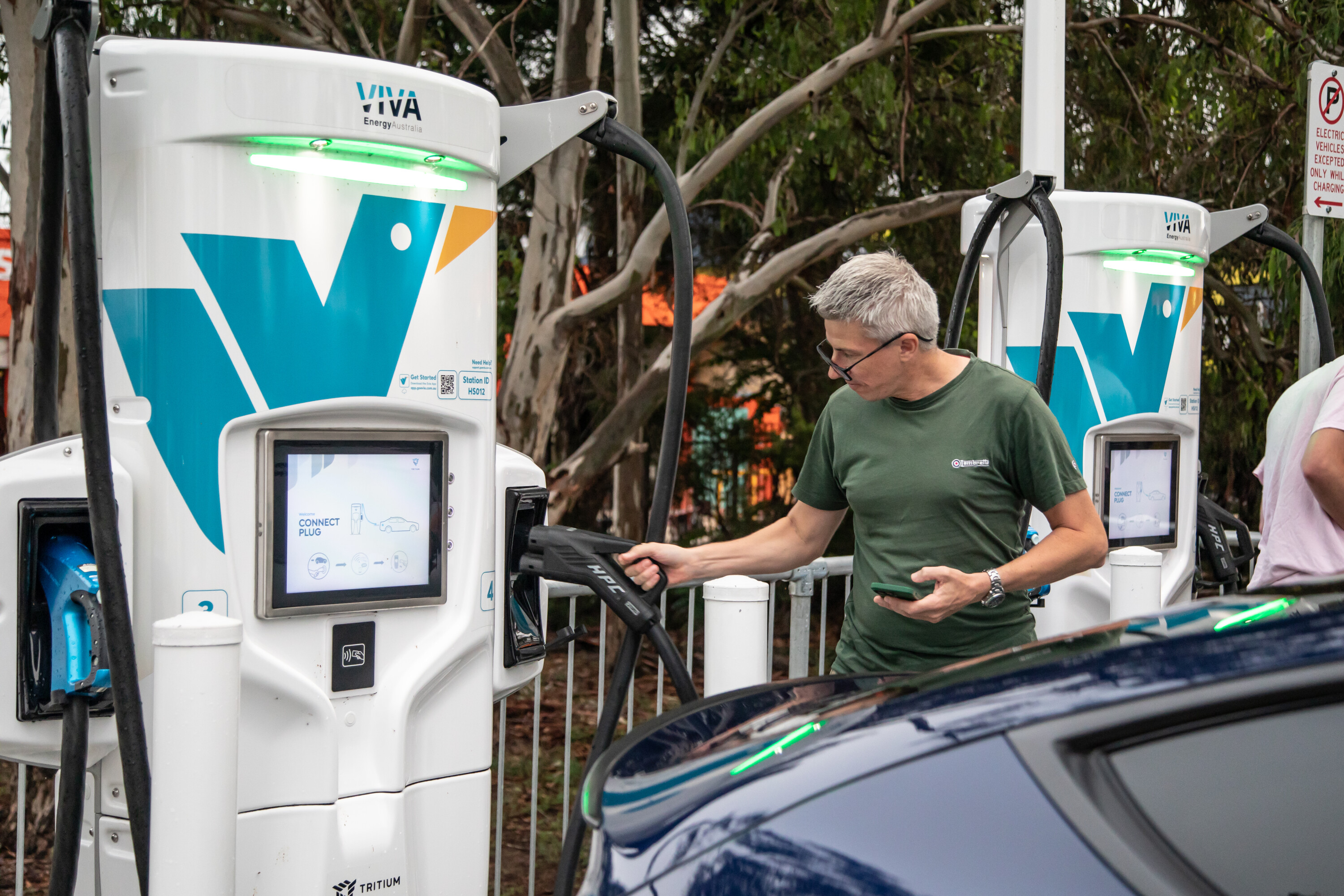
❓ Why charging etiquette matters
While electric cars are still a minority on Australian roads, public charging stations are becoming busier as more make the switch.
Public EV chargers are still unfamiliar and good etiquette is critical to ensure fair access for all.
Of course, the number of stations – especially at each location – and reliability still need to improve, there’s a lack of a universal standard for stall placements, EV charge port positioning, plug types, activation and payment methods, and space for queuing – which all contribute to confusion for uneducated owners who’ve just made the switch.
Therefore, charging providers, operators and carmakers also need to improve – but, ultimately, the onus is on EV and ICE vehicle owners to respect each other and follow etiquette rules.
Tools such as PlugShare [↗] help but, unfortunately, not every driver uses it (or wants to).
When it comes to EV charging, patience is key to your sanity.
? Is it time to make the electric switch?
EVs are not for everyone (for now), but they are right for most.
Public charging availability, reliability, and charging costs remain key perceived issues. For more, check out our /Electric hub guides below.
We recommend
-
 Advice
AdviceIs it time to buy an electric car? Crunching the numbers!
Is the tide turning for EVs? We've crunched the numbers on how much you could save by making the electric switch
-
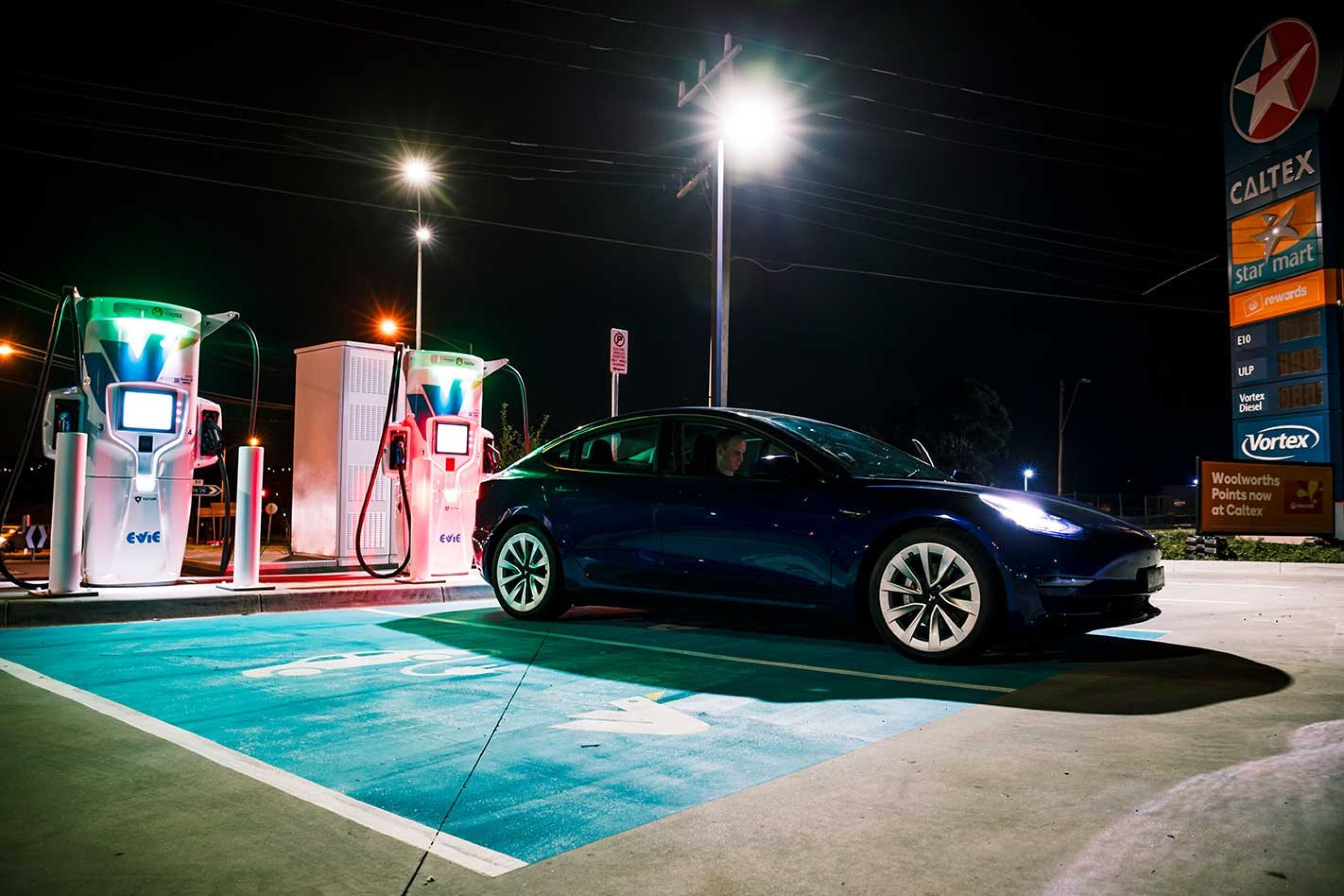 Advice
AdviceAre there enough EV chargers in Australia? Here's your guide
Public EV charging networks are expanding, but there still aren’t enough today. Does that mean you shouldn’t buy an EV?
-
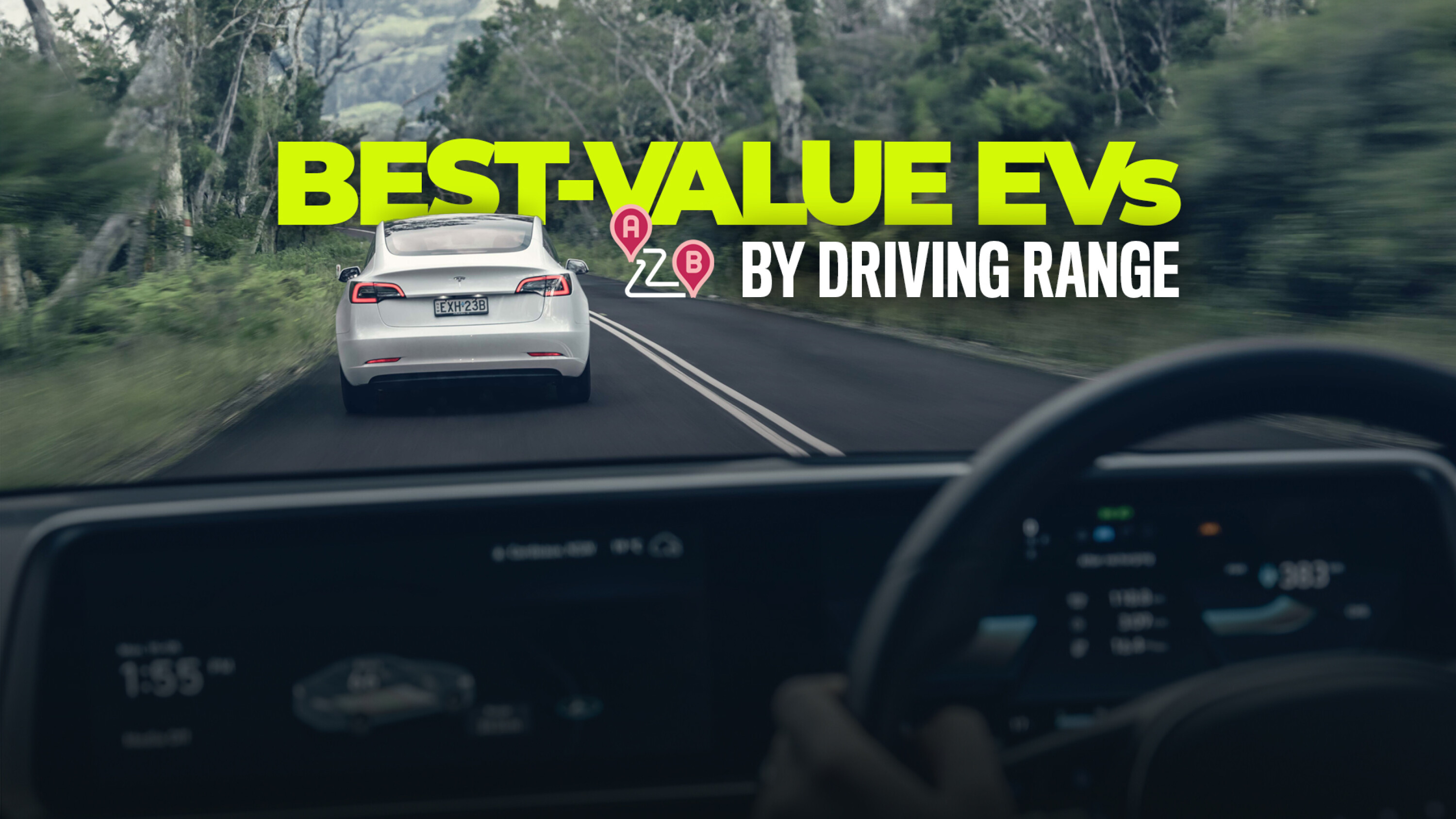 Advice
AdviceAustralia’s best-value electric cars by driving range
Which new EVs give you the best value for how far they'll go on a single charge? We break down the numbers




